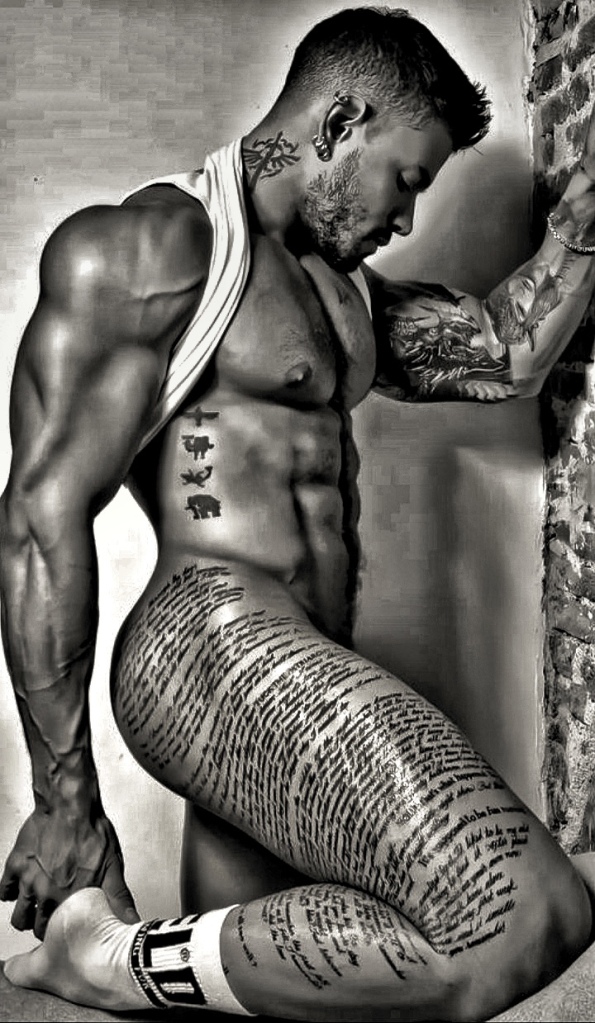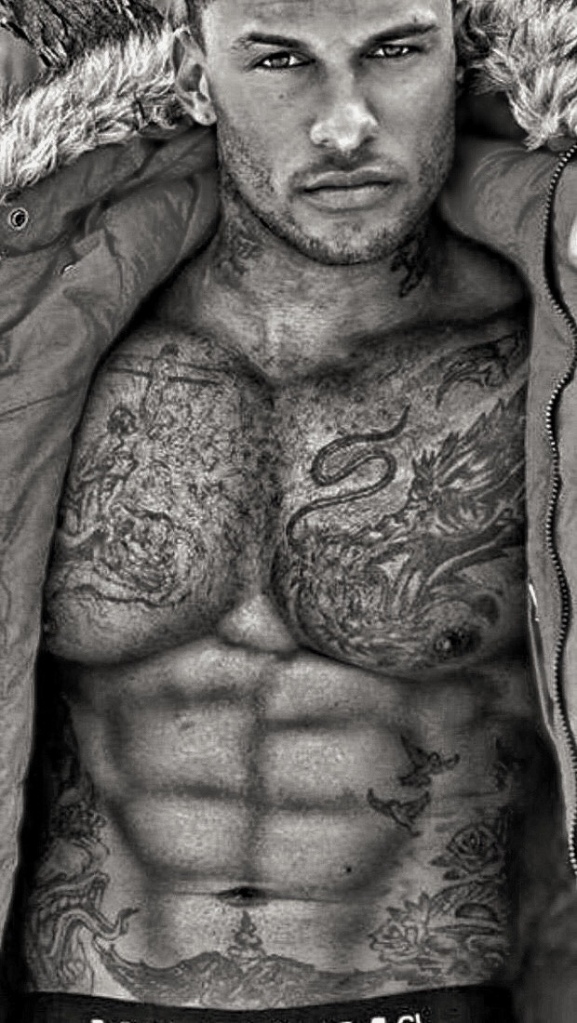

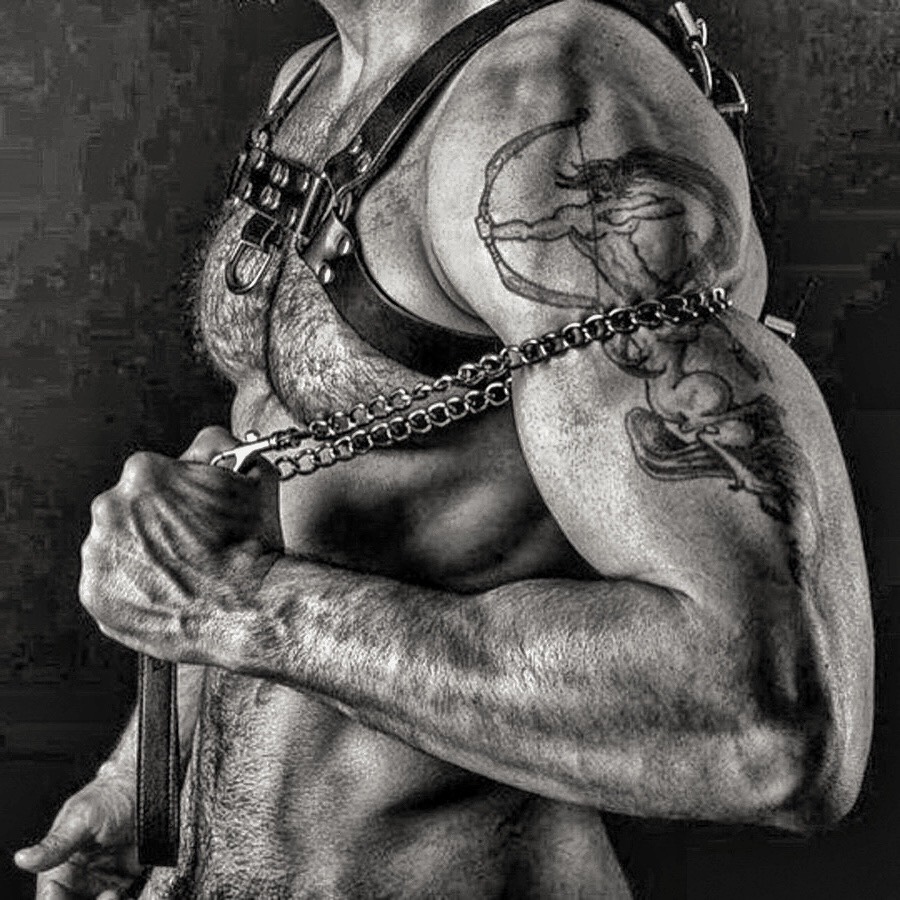

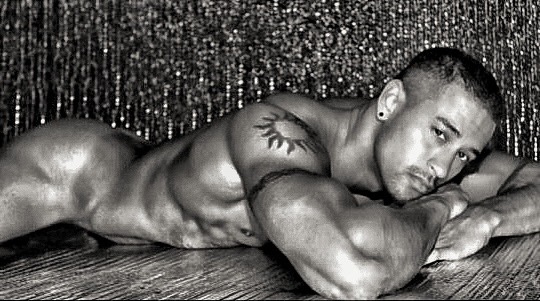
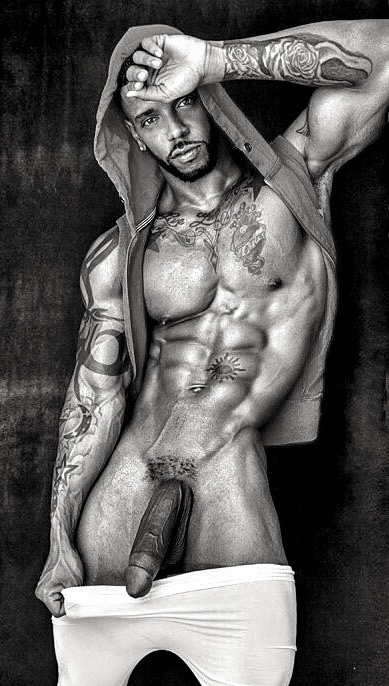
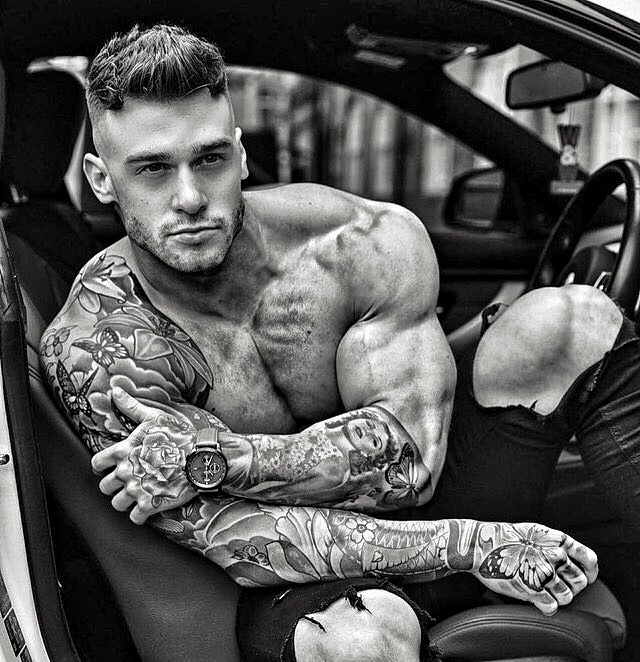
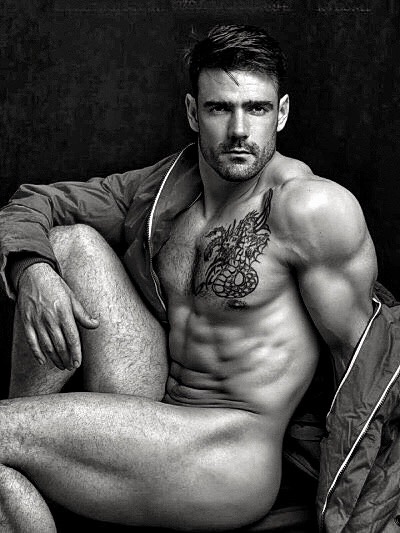
Lately it’s unusual to see a man in social media, entertainment, and gay culture who does not sport a tattoo. The human canvas – especially those that are fashioned, sculpted, and beautifully packaged – all seem to feature some unique identifying ink adorning their bodies.
As an artist and architect, as well as a connoisseur of the male form I am always taken in by the artfulness of many tattoos; I am also interested in why men choose the images that they permanently adorn themselves with. Is it a collaboration of artist and subject? Is it the man flipping through images online? Is it a message, symbol, or affirmation to the world or themselves? Appreciation of a singer’s lyrics? Biblical quote?
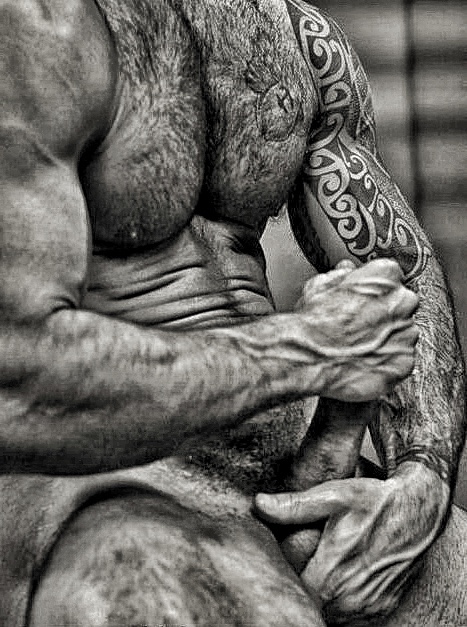
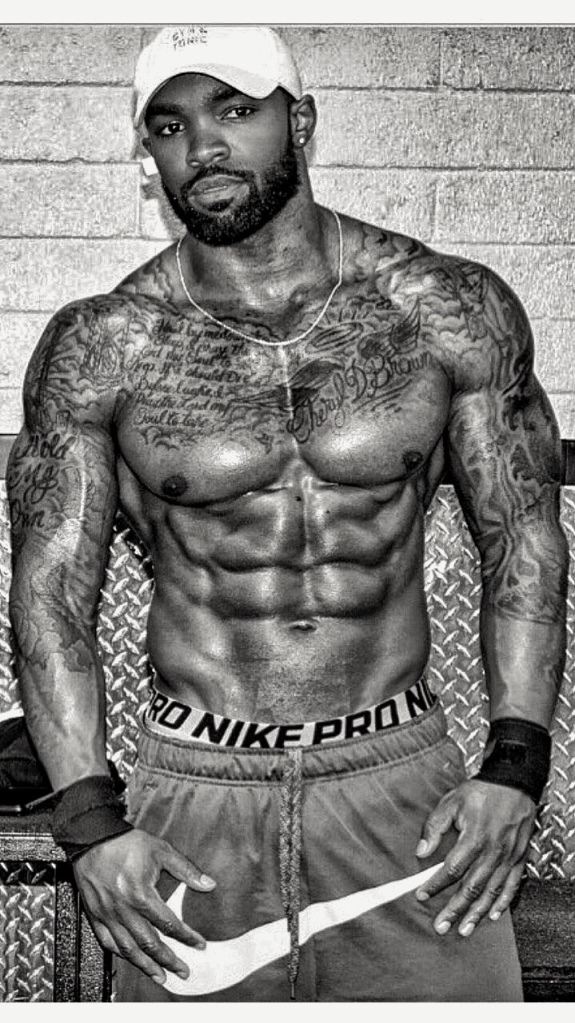
It is all that and more, I am certain. A personal choice, like jewelry, to add that layer of art to the art of your body. A statement to you in the mirror, reflected out to the world, perhaps?
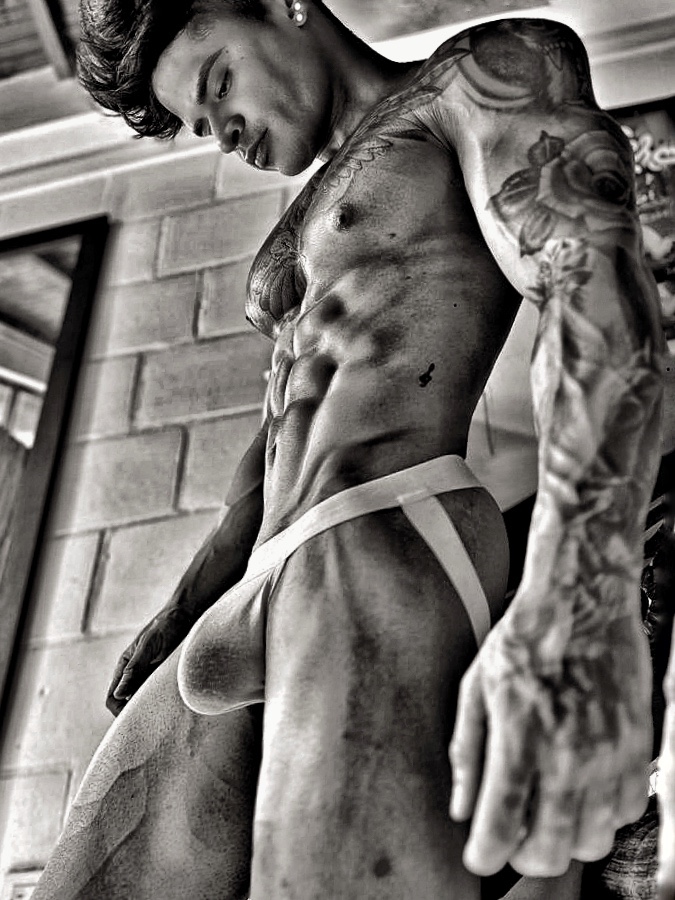
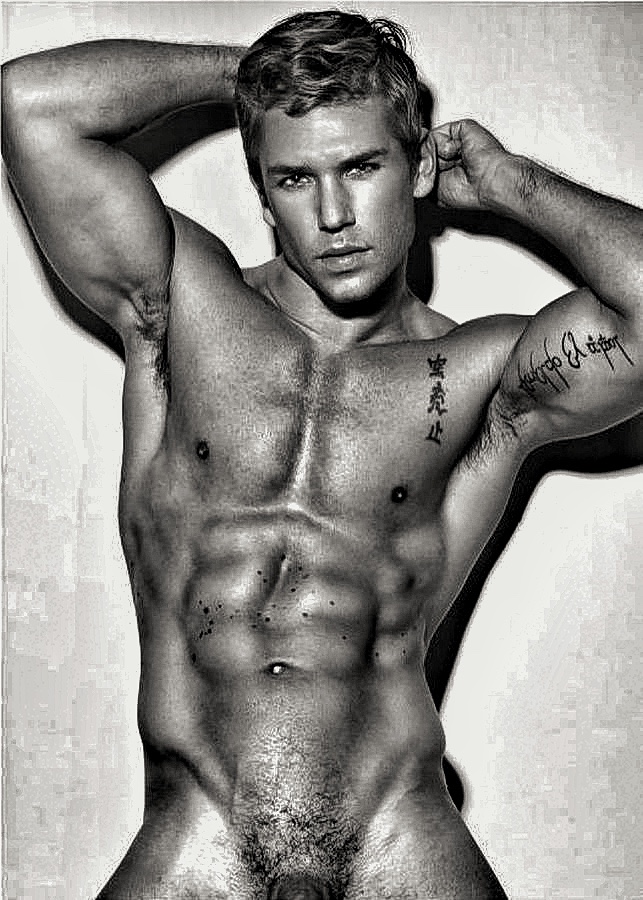
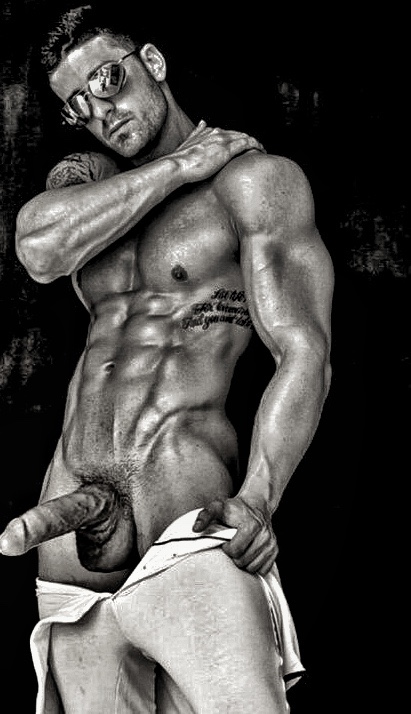
Among the numerous ancient cultures who appear to have used tattooing as a permanent form of body adornment, the Nubians to the south of Egypt are known to have used tattoos. While the practice was largely for therapeutic purposes on women, ancient Egyptians represented male leaders of Libyan neighbors c. 1300-1100 B.C. with clear, rather geometrical tattoo marks on their arms and legs and portrayed them in Egyptian tomb, temple and palace scenes.
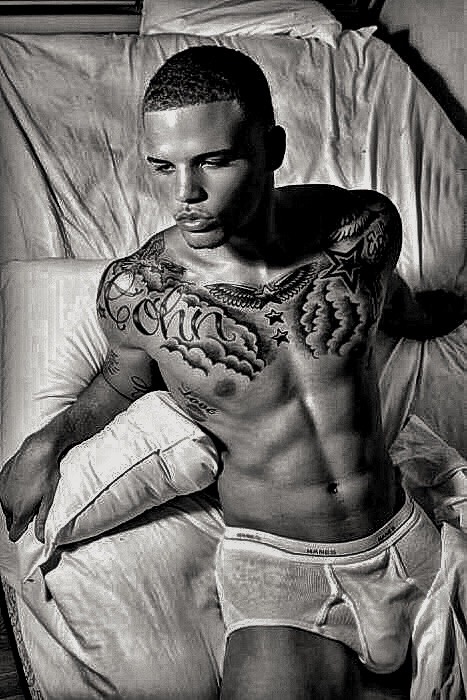

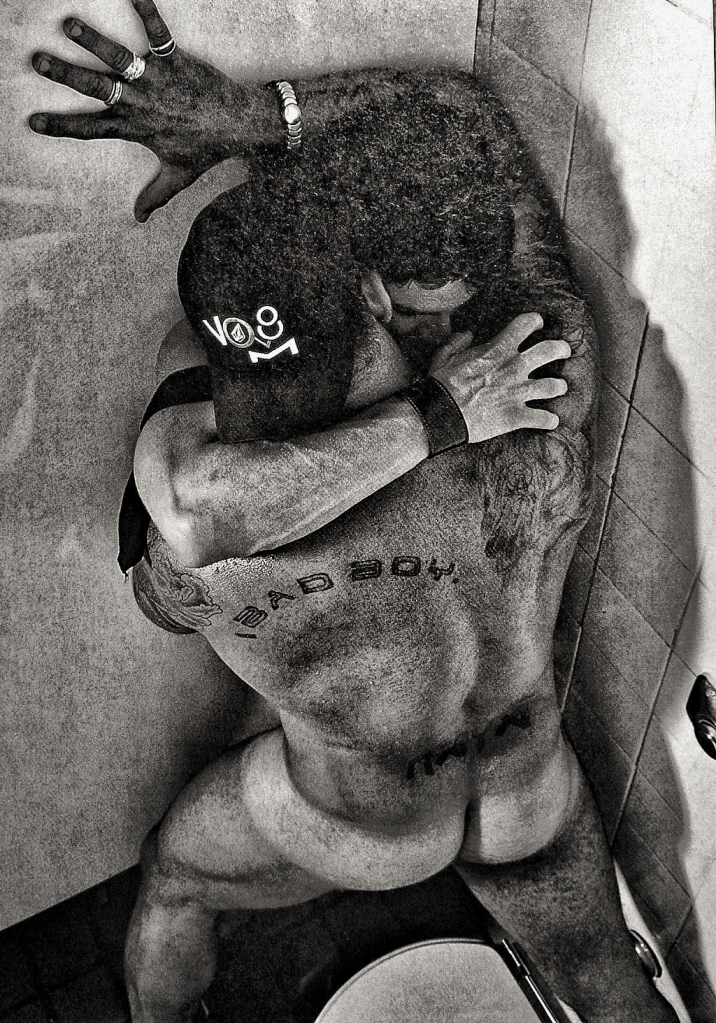
The Scythian Pazyryk of the Altai Mountain region were another ancient culture which employed tattoos on males. In 1948, the 2,400 year old body of a Scythian male was discovered preserved in ice in Siberia, his limbs and torso covered in ornate tattoos of mythical animals.
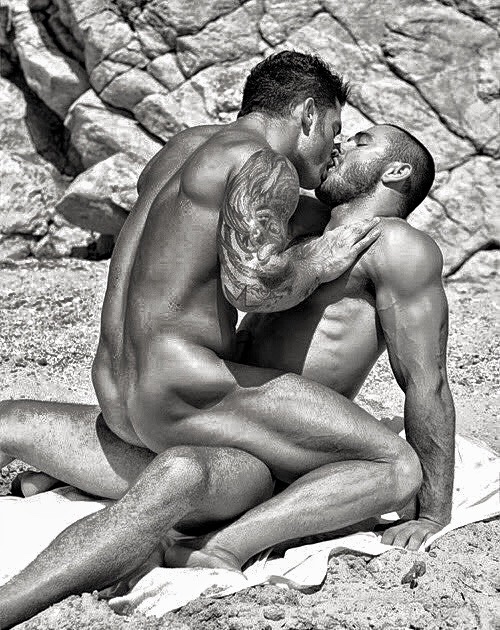
The practice is also confirmed by the Greek writer Herodotus c. 450 B.C., who stated that amongst the Scythians and Thracians “tattoos were a mark of nobility, and not to have them was testimony of low birth.”
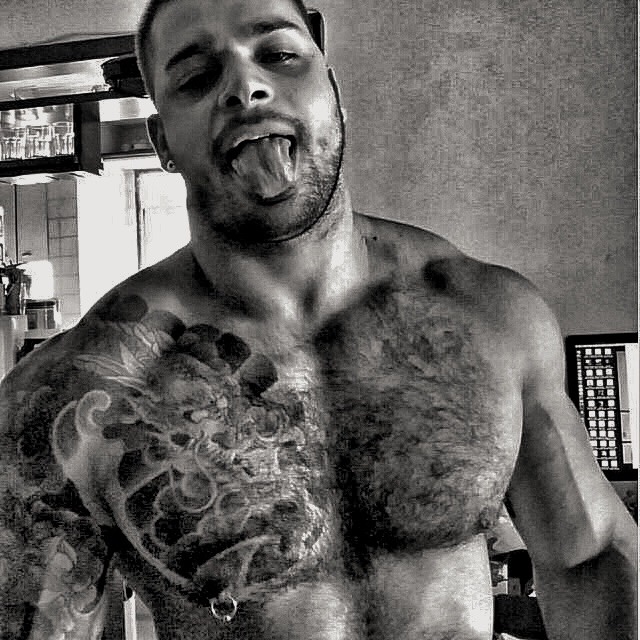
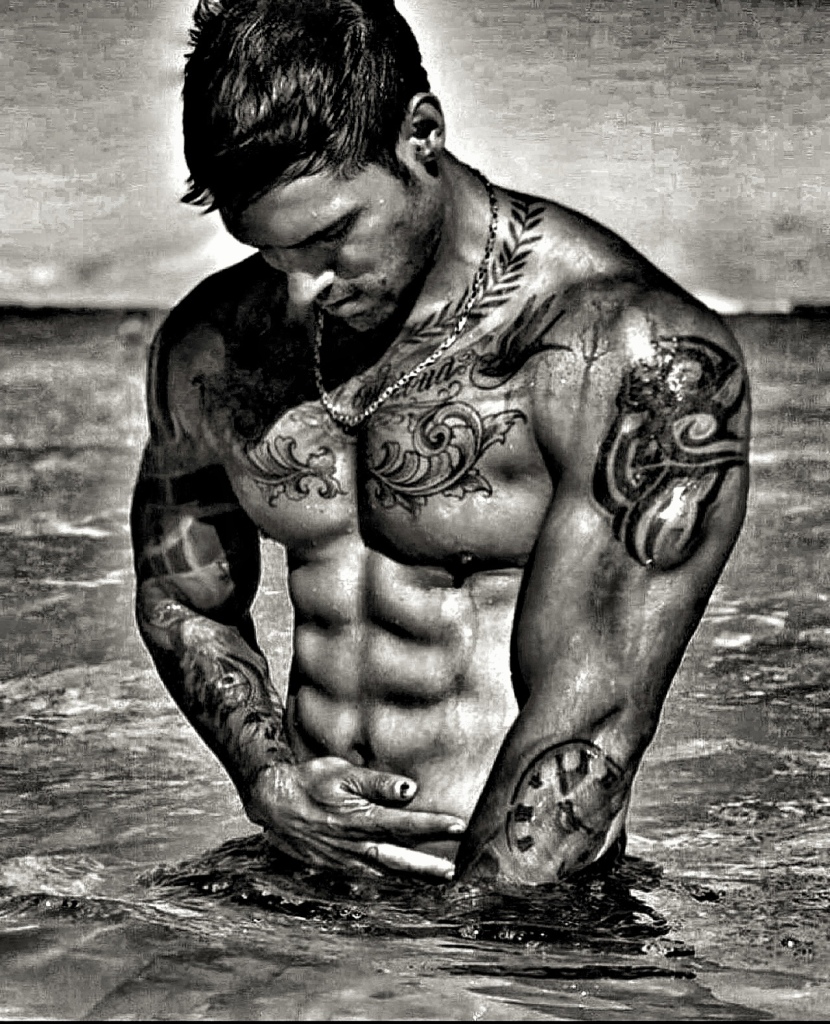
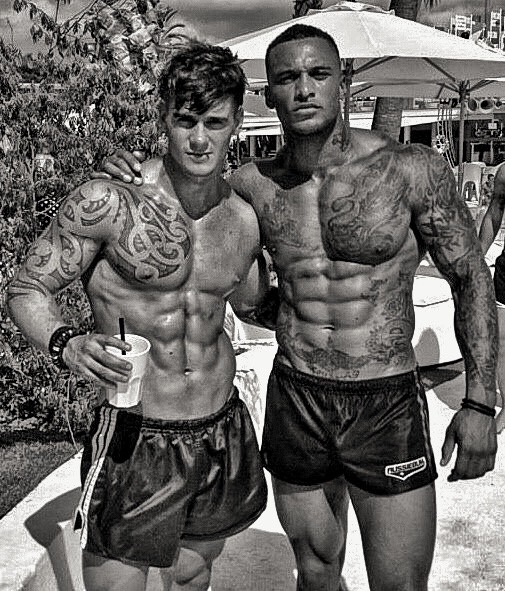
Accounts of the ancient Britons likewise suggest they too were tattooed as a mark of high status, and with “divers shapes of beasts” tattooed on their bodies, the Romans named one northern tribe “Picti,” literally “the painted people.”
Yet amongst the Greeks and Romans, the use of tattoos or “stigmata” as they were then called, seems to have been largely used as a means to mark someone as “belonging” either to a religious sect or to an owner in the case of slaves or even as a punitive measure to mark them as criminals. It is therefore quite intriguing that during Ptolemaic times when a dynasty of Macedonian Greek monarchs ruled Egypt, the pharaoh himself, Ptolemy IV (221-205 B.C.), was said to have been tattooed with ivy leaves to symbolize his devotion to Dionysus, Greek god of wine and the patron deity of the royal house at that time.
The fashion was also adopted by Roman soldiers and spread across the Roman Empire until the emergence of Christianity, when tattoos were felt to “disfigure that made in God’s image” and so were banned by the Emperor Constantine (A.D. 306-373).
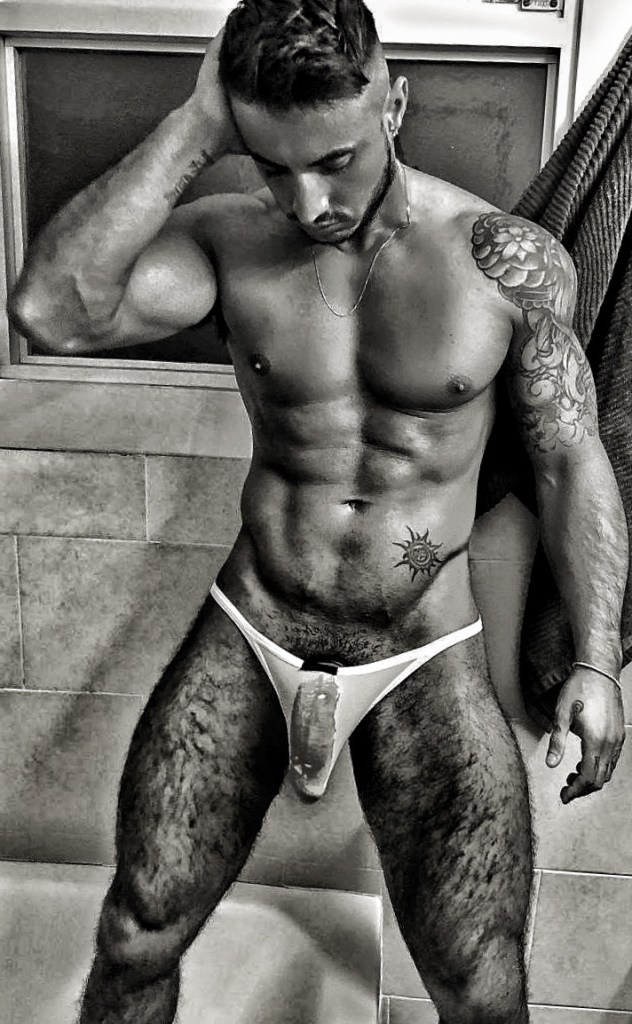
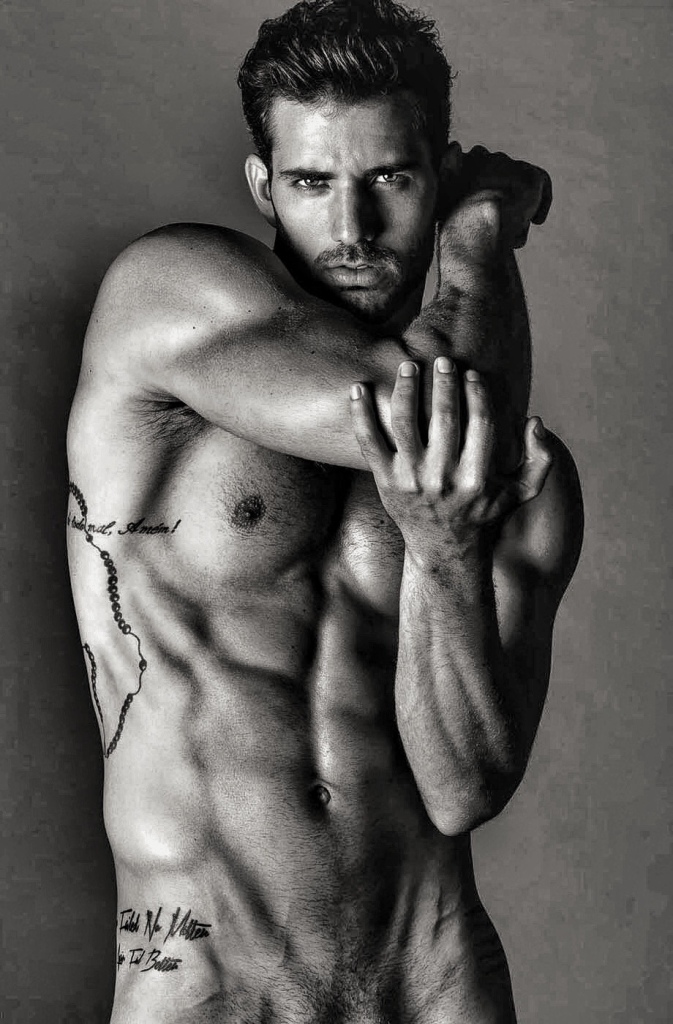

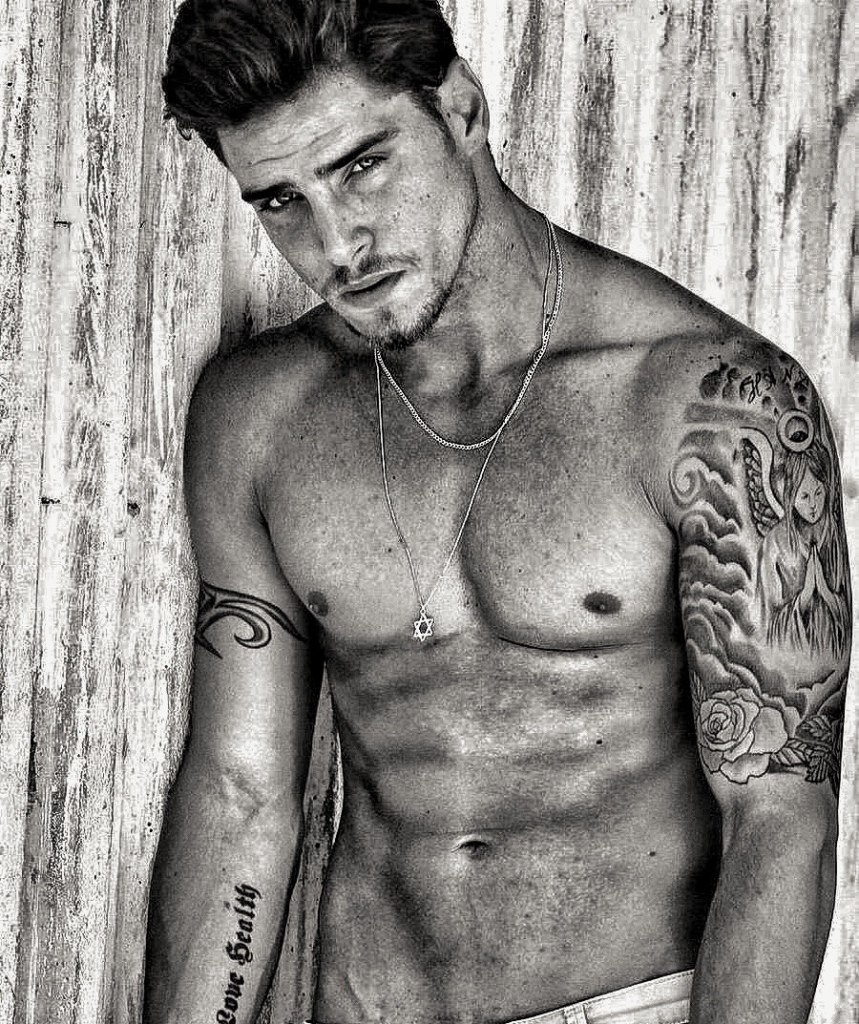
Japanese men began adorning their bodies with elaborate tattoos in the late A.D. 3rd century. Modern Japanese tattoos are works of art, with many modern practioners, while the highly skilled tattooists of Samoa continue to create their art as it was carried out in ancient times, prior to the invention of modern tattooing equipment.
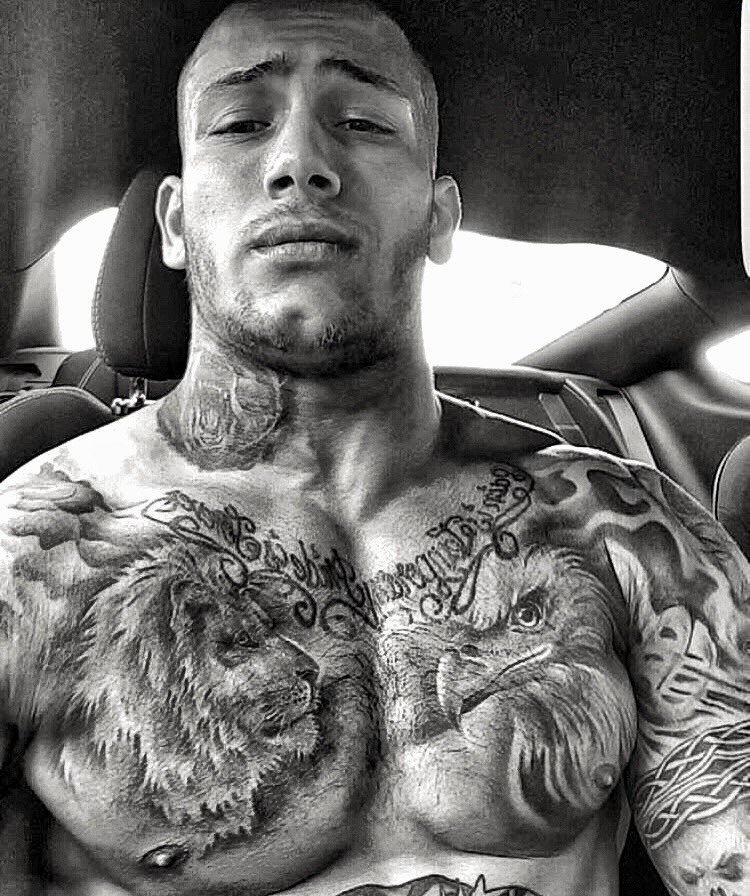
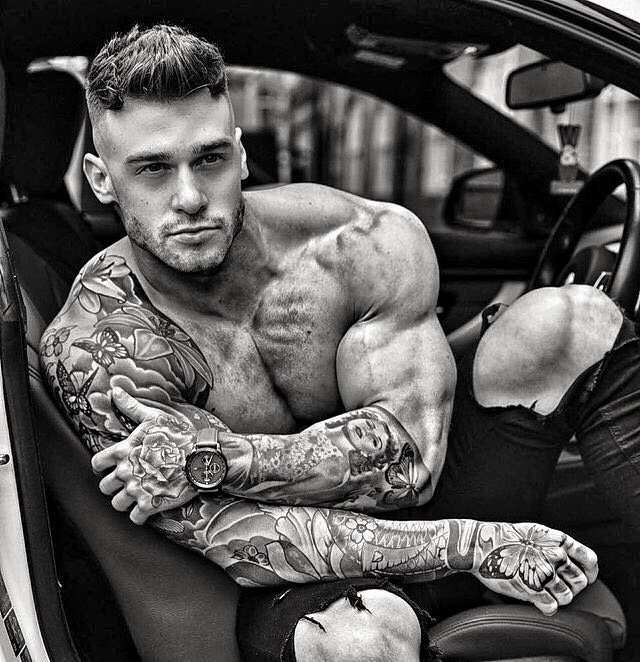
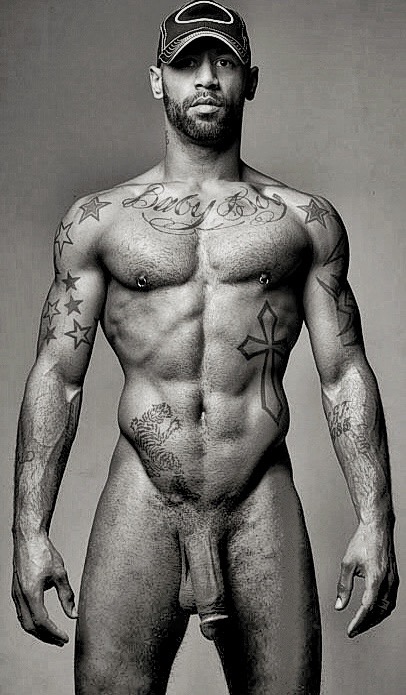
Various cultures throughout Africa also employ tattoos, including the fine dots on the faces of Berber women in Algeria, the elaborate facial tattoos of Wodabe men in Niger and the small crosses on the inner forearms which mark Egypt’s Christian Copts.

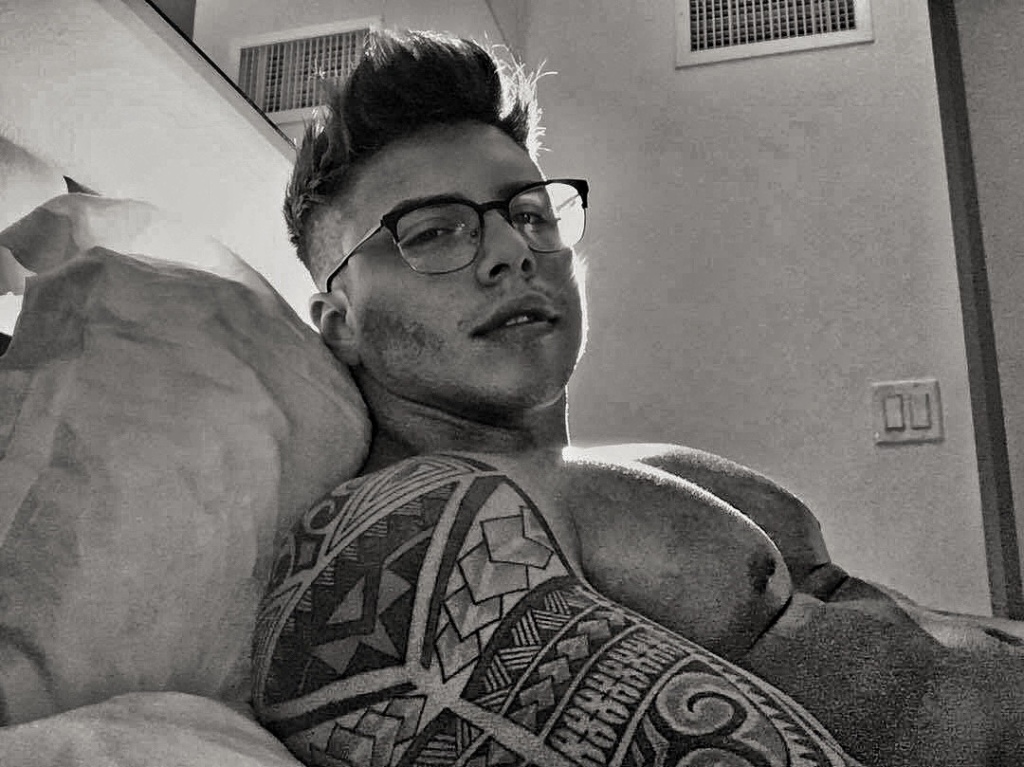
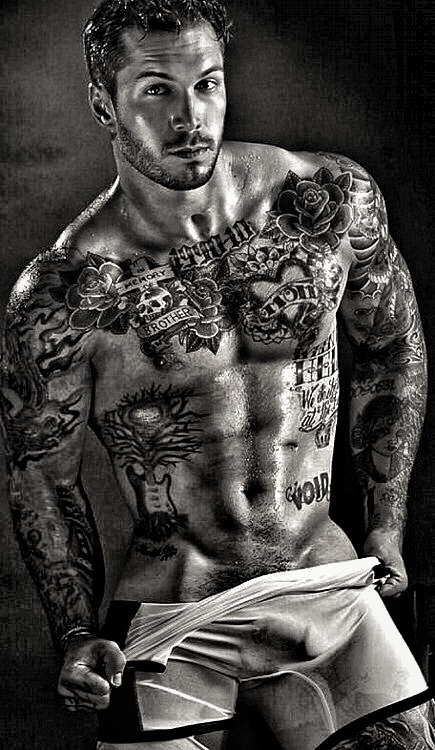
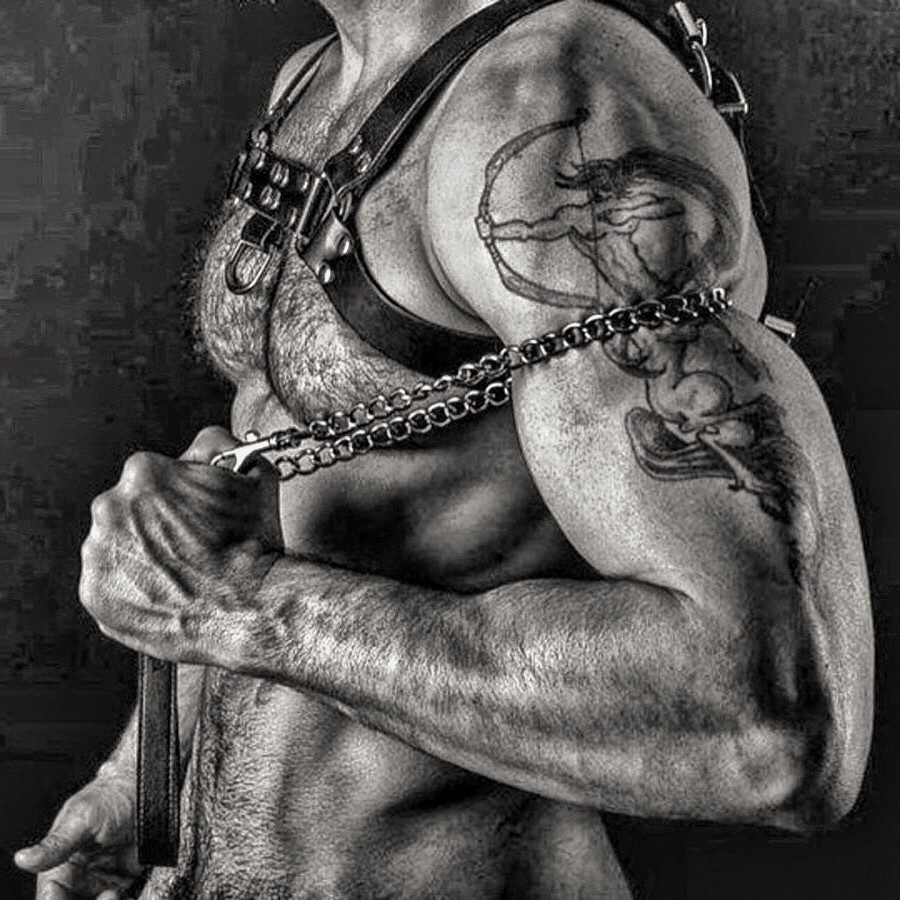
The elaborate tattoos of the Polynesian cultures are thought to have developed over millennia, featuring highly elaborate geometric designs, which in many cases can cover the whole body. Following James Cook’s British expedition to Tahiti in 1769, the islanders’ term “tatatau” or “tattau,” meaning to hit or strike, gave the west our modern term “tattoo.” The marks then became fashionable among Europeans, particularly so in the case of men such as sailors and coal-miners, with both professions which carried serious risks and presumably explaining the almost amulet-like use of anchors or miner’s lamp tattoos on the men’s forearms.
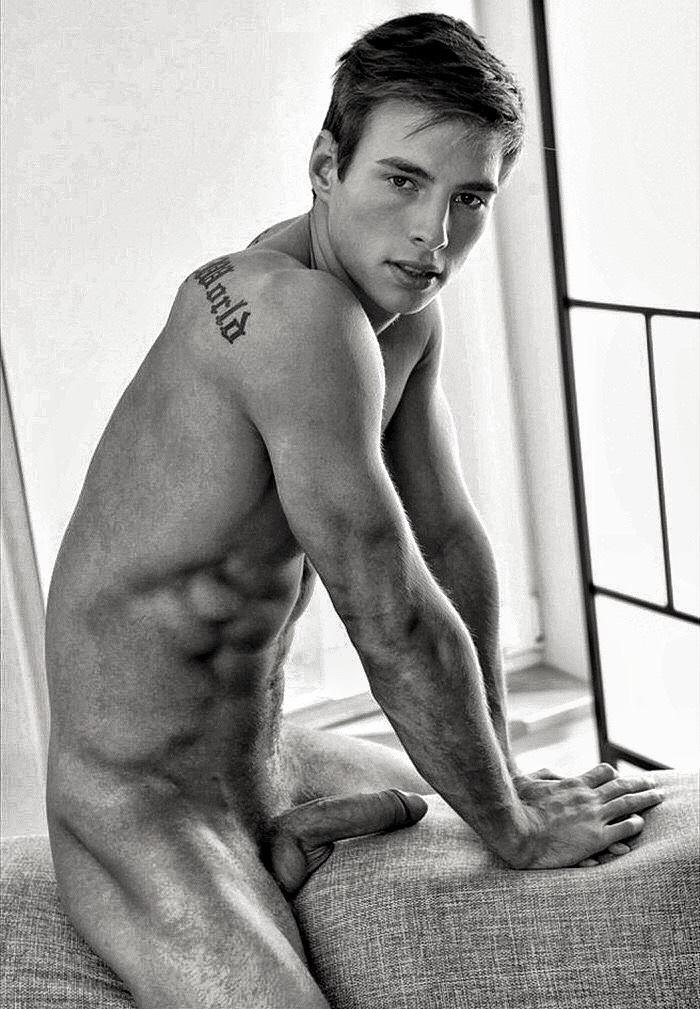
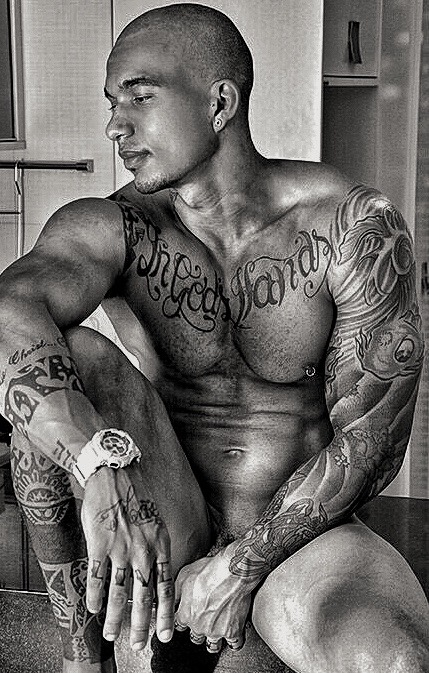

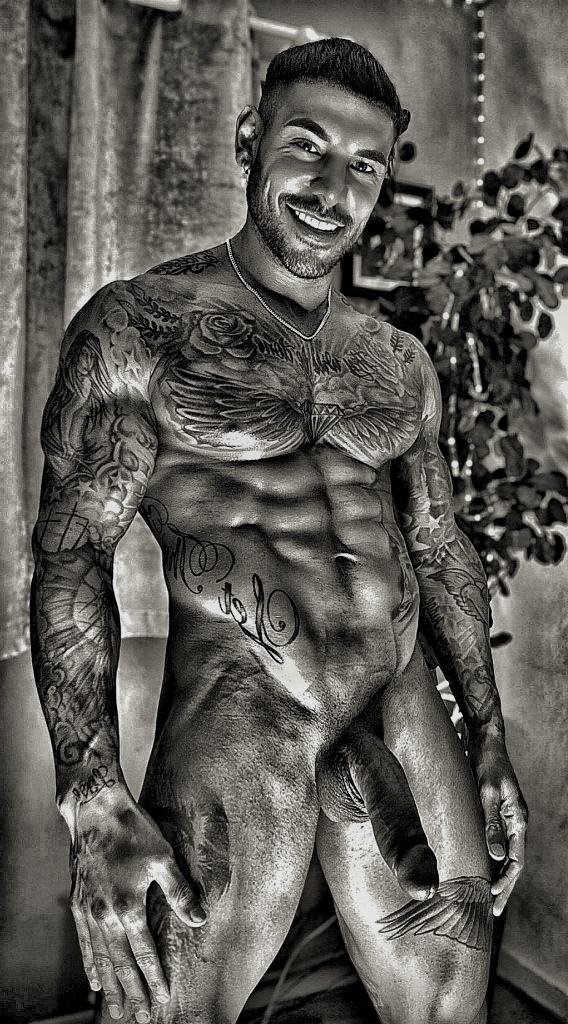
In the Maori culture of New Zealand, the head was considered the most important part of the body, with the face embellished by incredibly elaborate tattoos or ‘moko,’ which were regarded as marks of high status. Each tattoo design was unique to that individual and since it conveyed specific information about their status, rank, ancestry and abilities, it has accurately been described as a form of id card or passport, a kind of aesthetic bar code for the face. After sharp bone chisels were used to cut the designs into the skin, a soot-based pigment would be tapped into the open wounds, which then healed over to seal in the design. With the tattoos of warriors given at various stages in their lives as a kind of rite of passage, the decorations were regarded as enhancing their features and making them more sexually attractive.
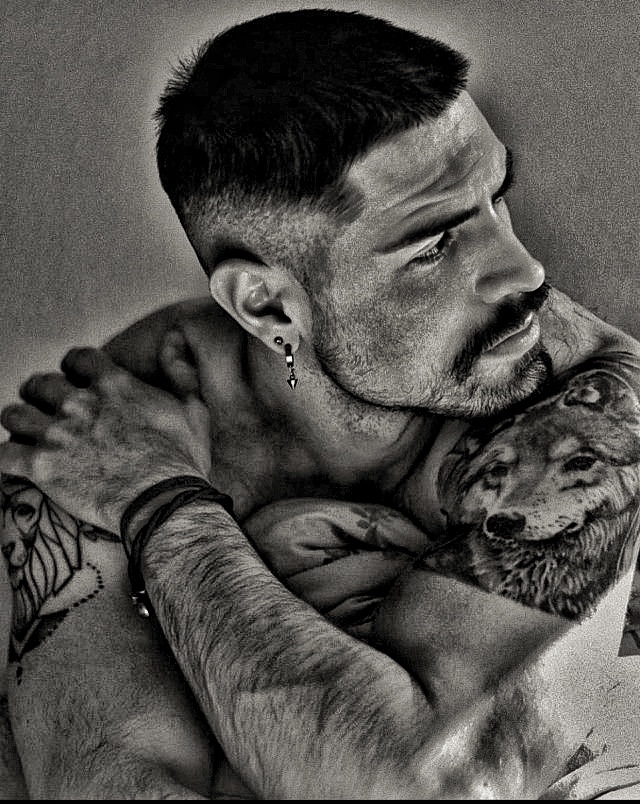
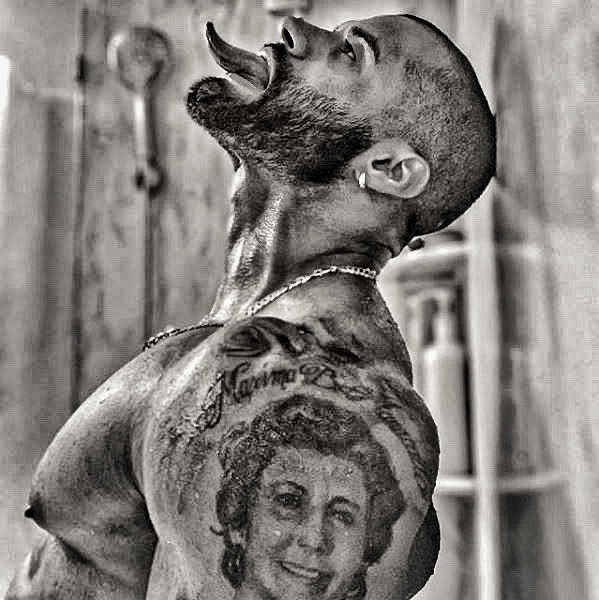
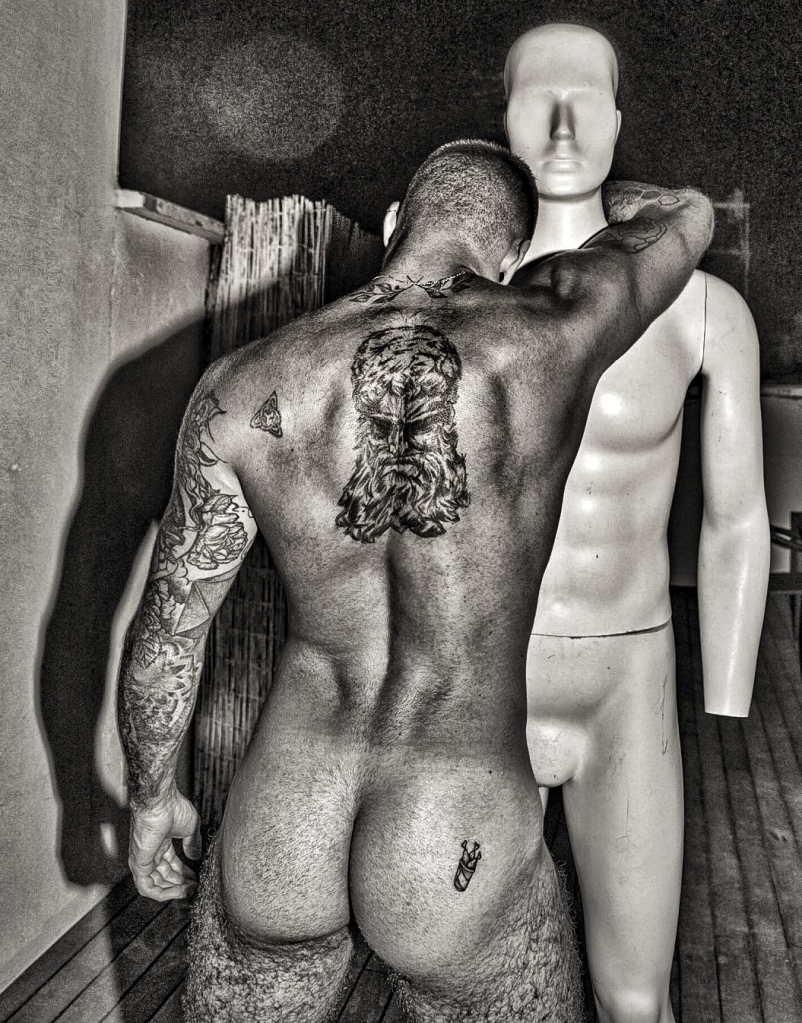
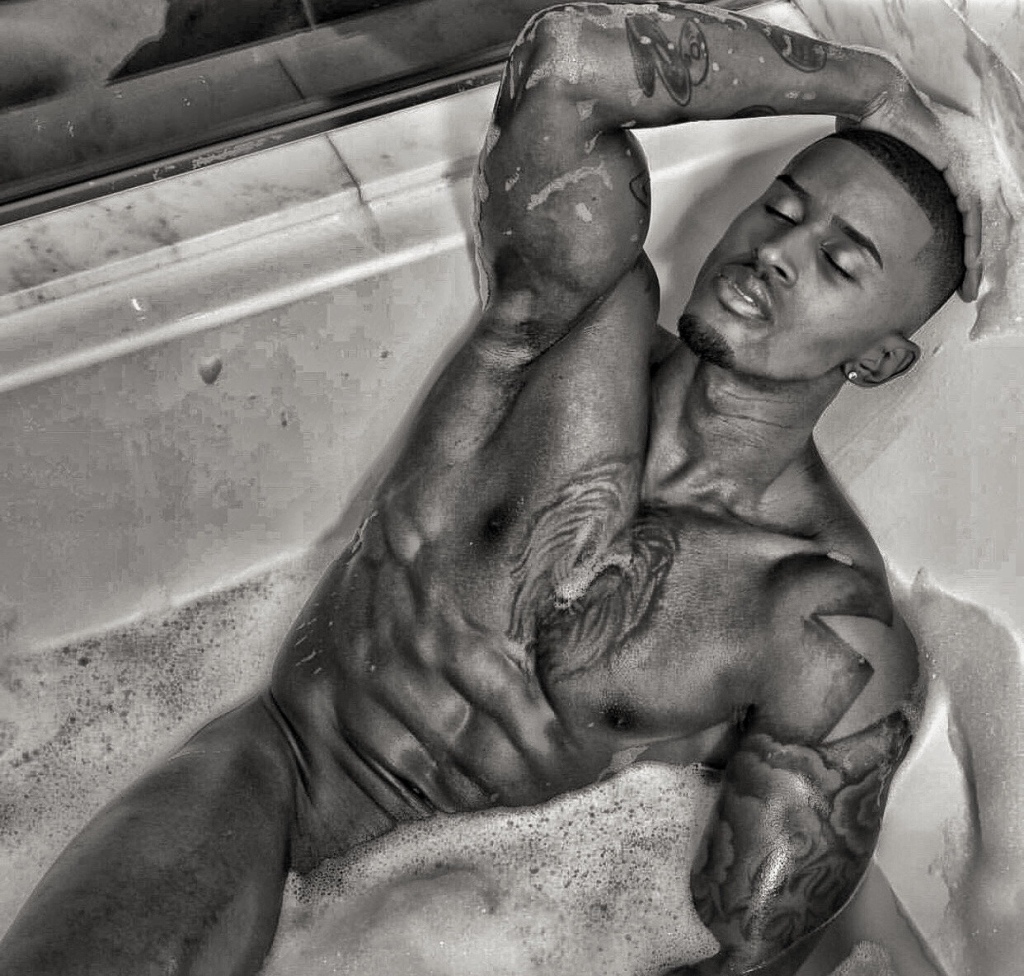
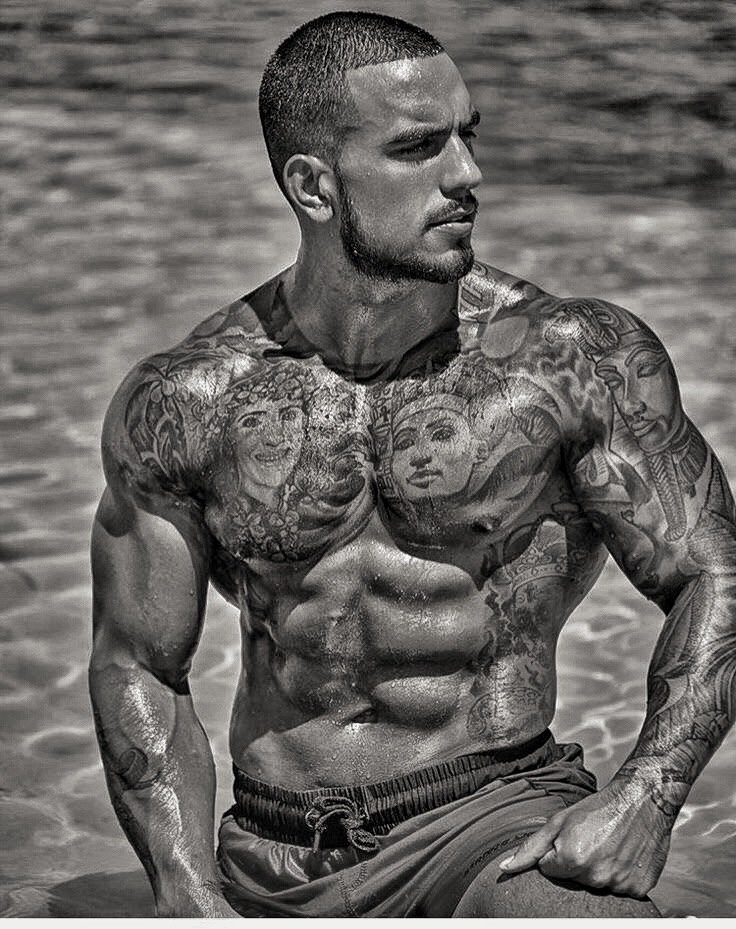
A renaissance in tattooing has increased its popularity since the invention of the electric tattoo machine. In 1936, 1 in 10 Americans had a tattoo of some form. In the late 1950s, Tattoos were greatly influenced by several artists, in particular Lyle Tuttle, Cliff Raven, Don Nolan, Zeke Owens, Spider Webb and Don Ed Hardy. A second generation of artists, trained by the first, continued these traditions into the 1970s, and included artists such as Bob Roberts, Jamie Summers, and Jack Rudy.
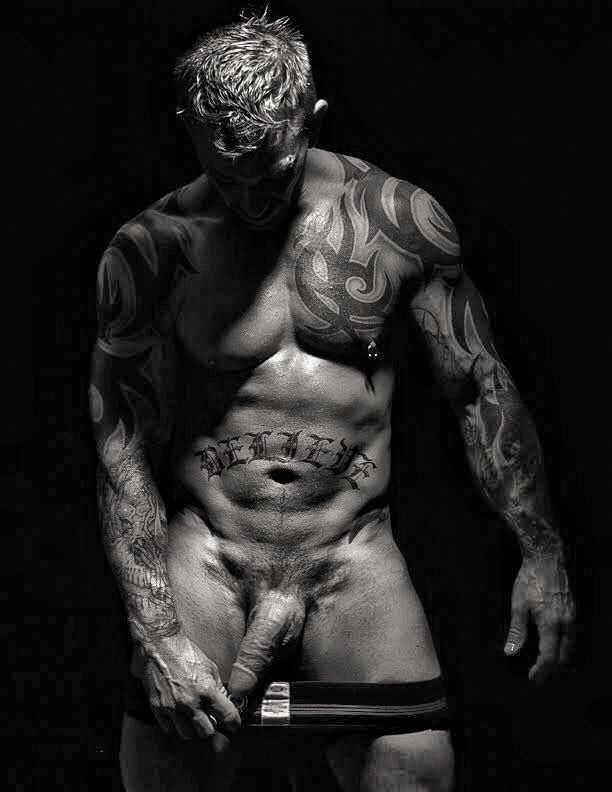
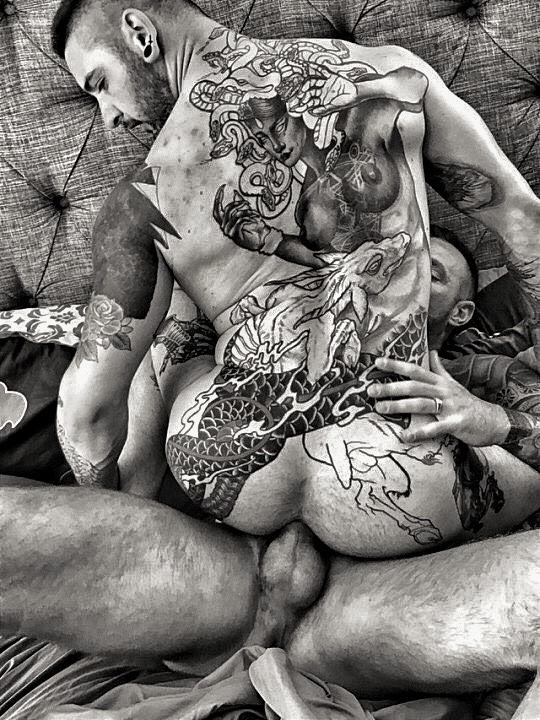

Since the 1970s, tattoos have become a mainstream part of global and Western fashion, common among both sexes, to all economic classes, and to age groups from the later teen years to middle age. The decoration of blues singer Janis Joplin with a wristlet and a small heart on her left breast, by the San Francisco tattoo artist Lyle Tuttle, has been called a seminal moment in the popular acceptance of tattoos as art.
Formal interest in the art of the tattoo became prominent in the 1970s through the beginning of the 21st century. For many young Americans, the tattoo has taken on a decidedly different meaning than for previous generations. The tattoo has “undergone dramatic redefinition” and has shifted from a form of deviance to an acceptable form of expression.
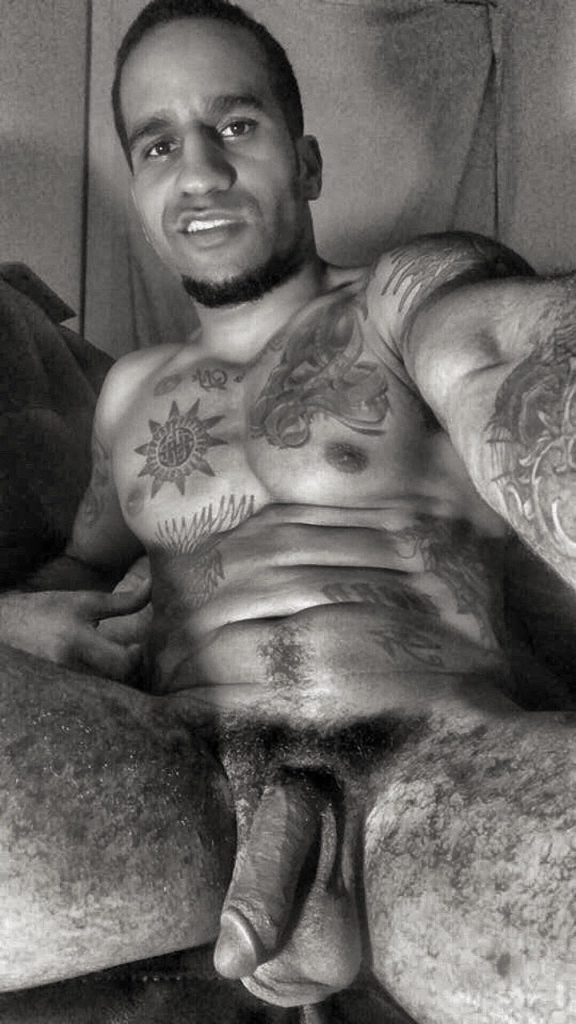
In 1988, scholar Arnold Rubin created a collection of works regarding the history of tattoo cultures, publishing them as the “Marks of Civilization”. In this, the term “Tattoo Renaissance” was coined, referring to a period marked by technological, artistic and social change. Wearers of tattoos, as members of the counterculture began to display their body art as signs of resistance to the values of the white, heterosexual, middle-class.
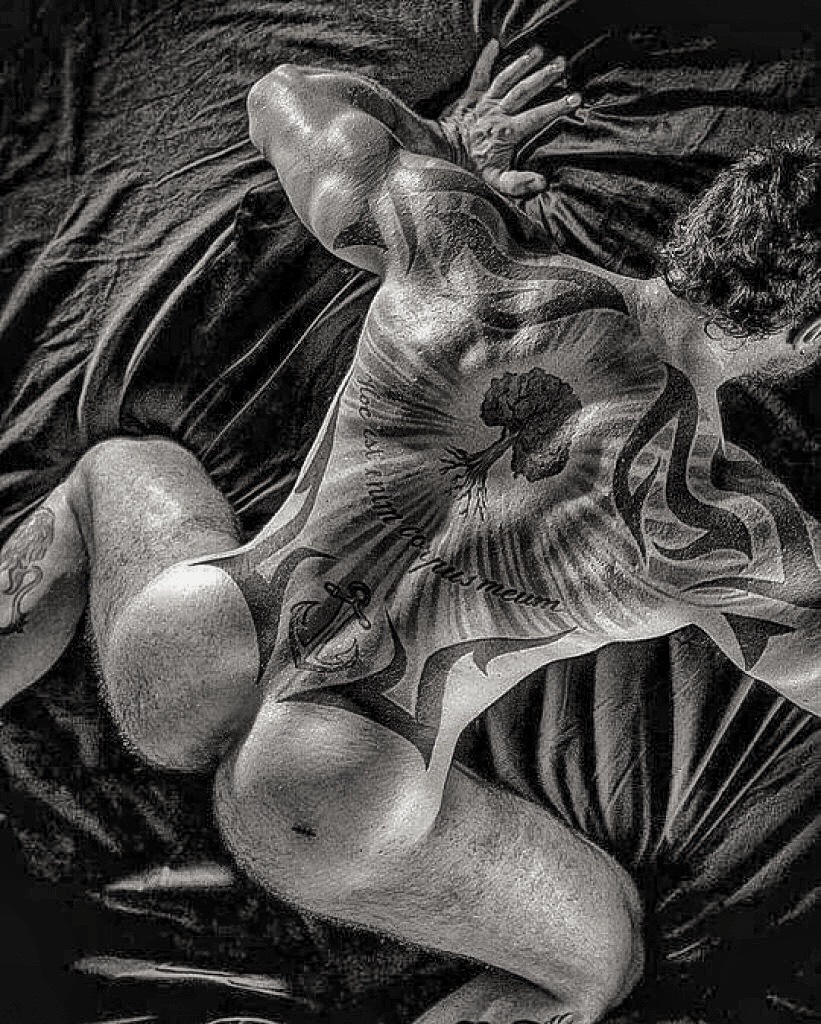
The clientele changed from sailors, bikers, and gang members to the middle and upper class. There was also a shift in iconography from the badge-like images based on repetitive pre-made designs known as flash to customized full-body tattoo influenced by Polynesian and Japanese tattoo art, known as sleeves, which are categorized under the relatively new and popular avant-garde genre.Tattooers transformed into “Tattoo Artists”: men and women with fine art backgrounds began to enter the profession alongside the older, traditional tattooists.
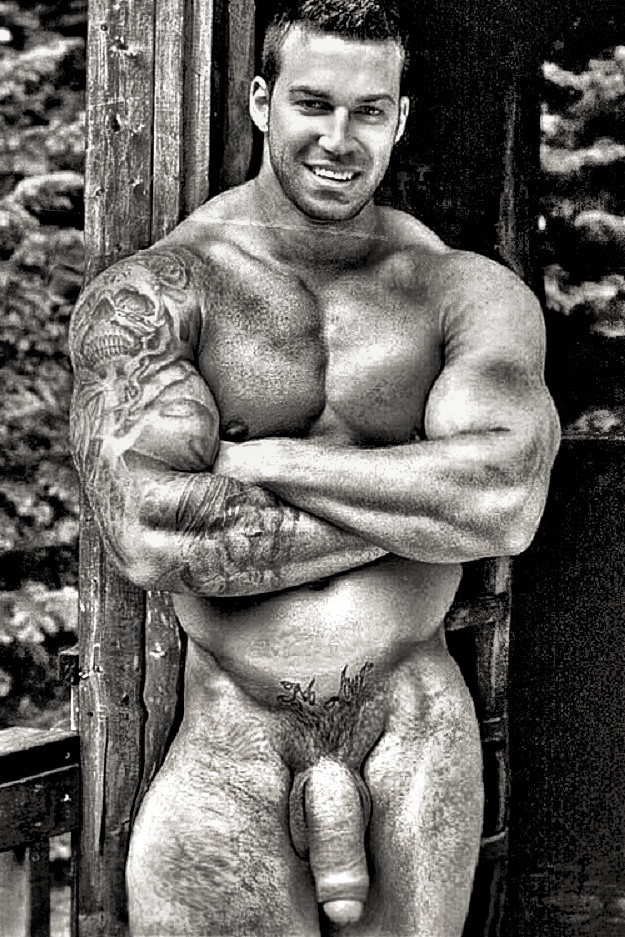
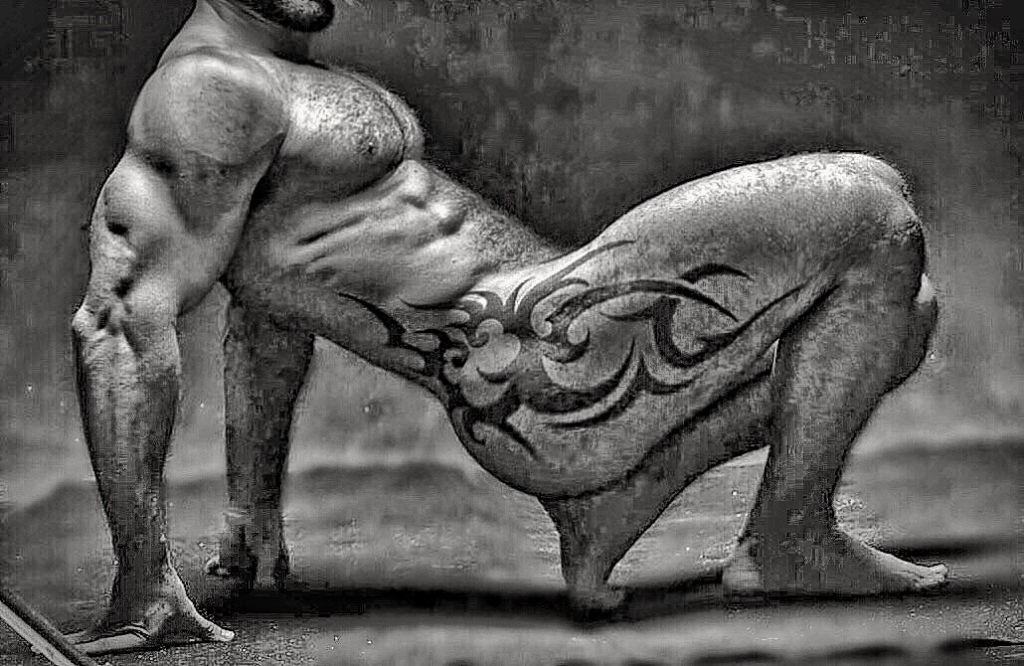
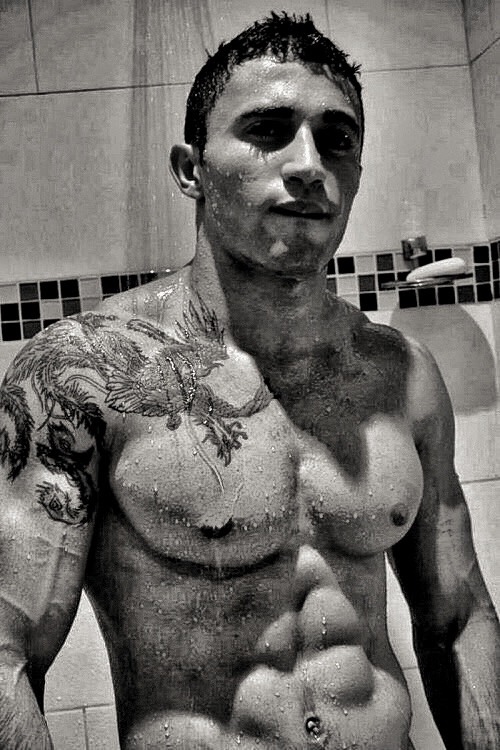
Tattoos have experienced a resurgence in popularity in many parts of the world, particularly in Europe, Japan, and North and South America. The growth in tattoo culture has seen an influx of new artists into the industry, many of whom have technical and fine arts training. Coupled with advancements in tattoo pigments and the ongoing refinement of the equipment used for tattooing, this has led to an improvement in the quality of tattoos being produced.

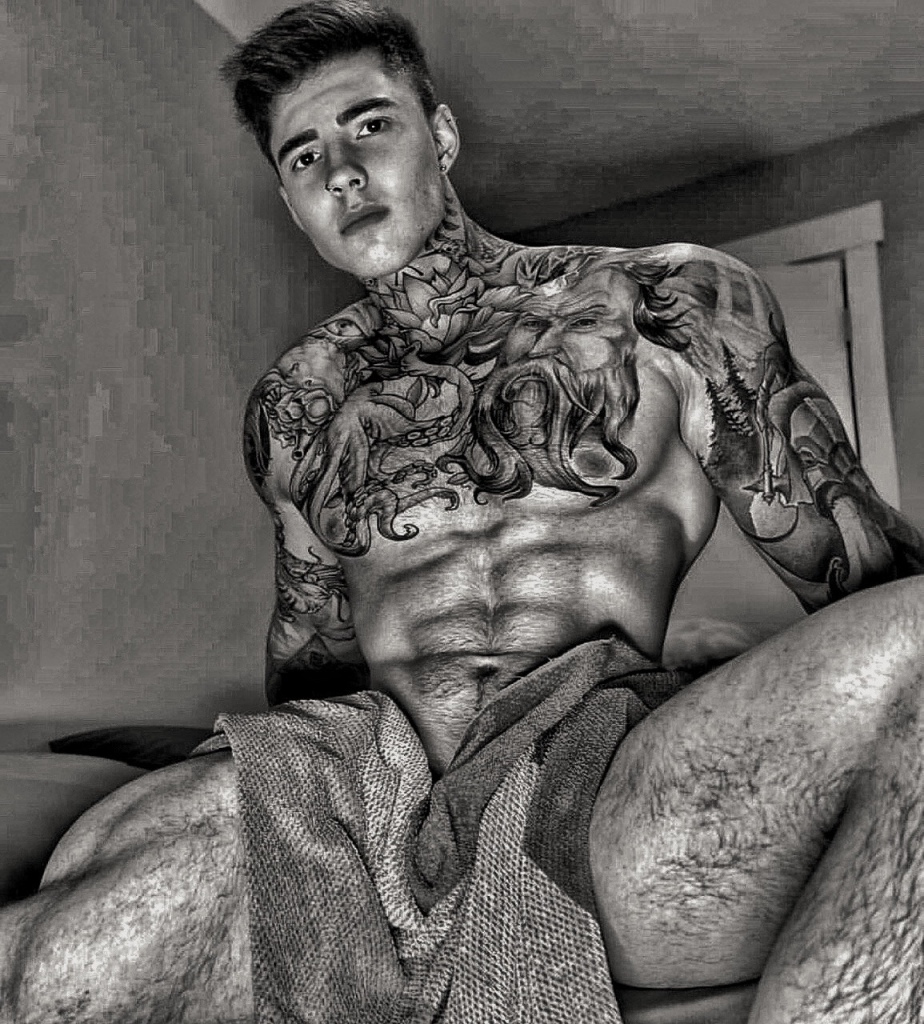
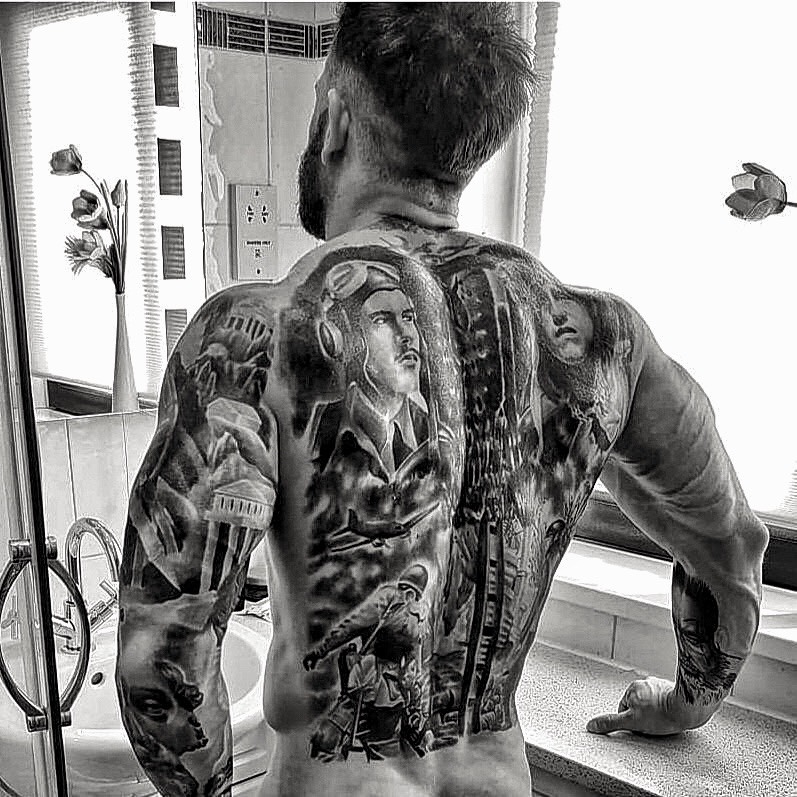
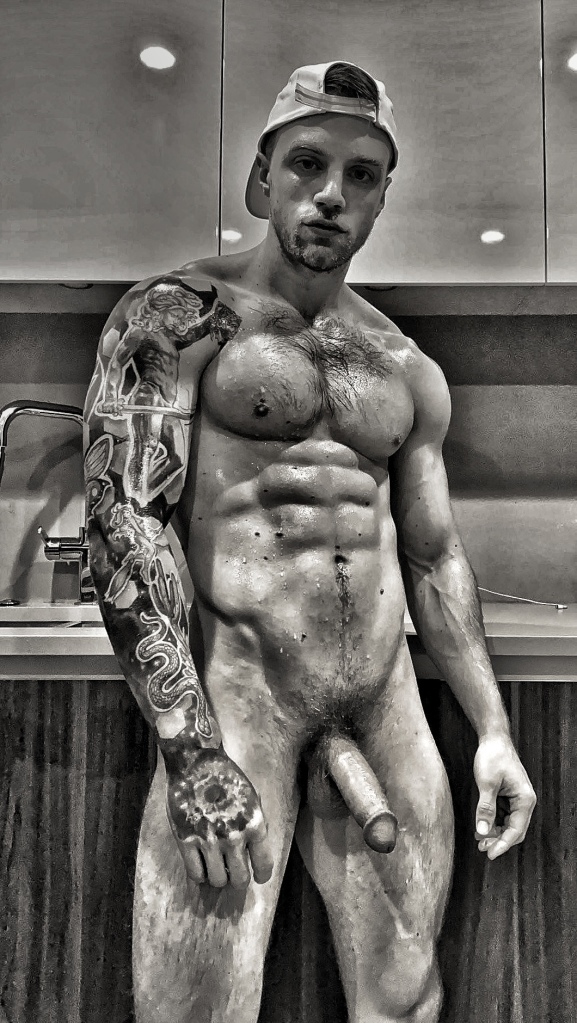
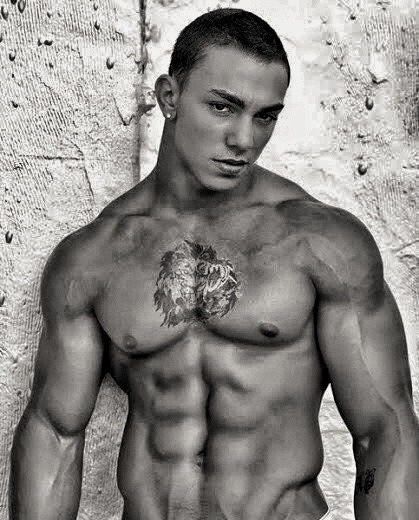
During the 2000s, the presence of tattoos became evident within pop culture, inspiring television shows such as A&E‘s Inked and TLC‘s Miami Ink and LA Ink. In addition, many celebrities have made tattoos more acceptable in recent years.Contemporary art exhibitions and visual art institutions have featured tattoos as art through such means as displaying tattoo flash, examining the works of tattoo artists, or otherwise incorporating examples of body art into mainstream exhibits. One such 2009 Chicago exhibition, Freaks & Flash, featured both examples of historic body art as well as the tattoo artists who produced it.
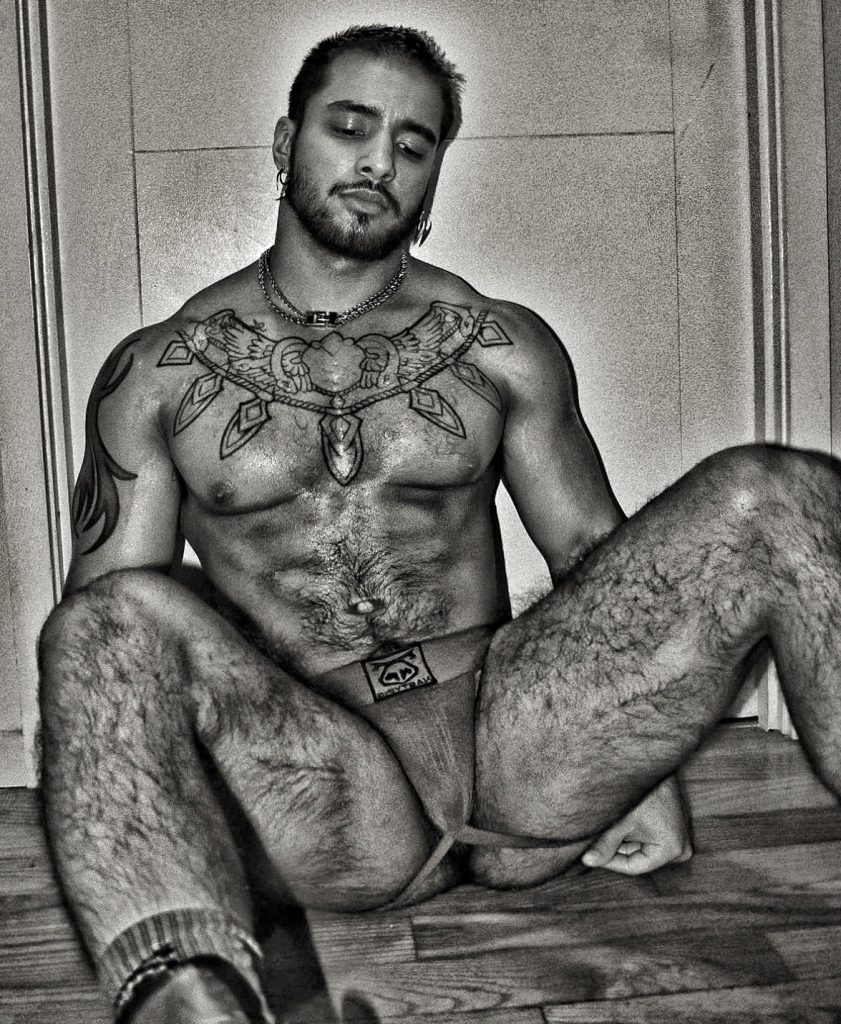
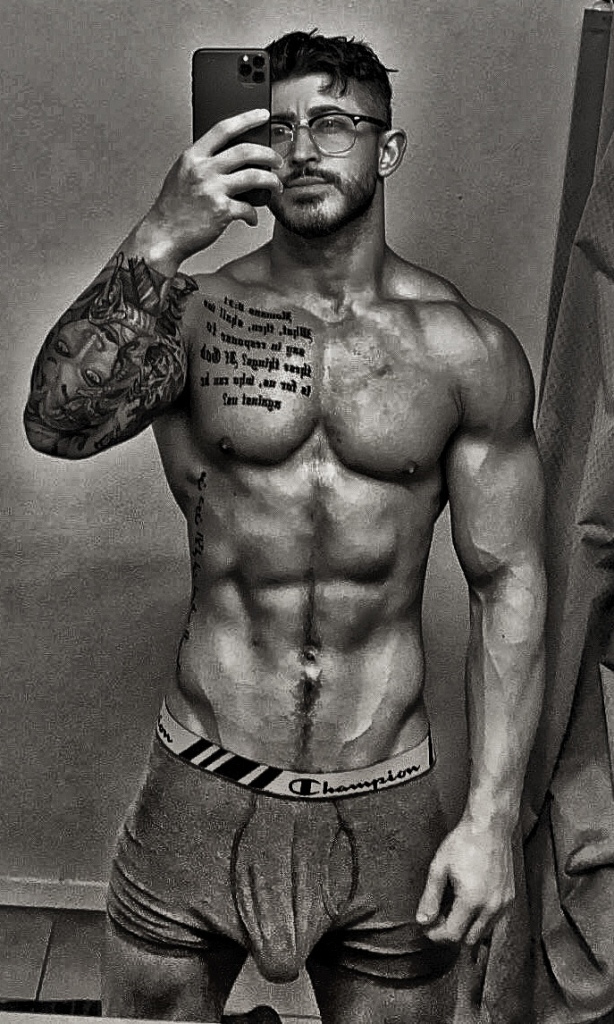
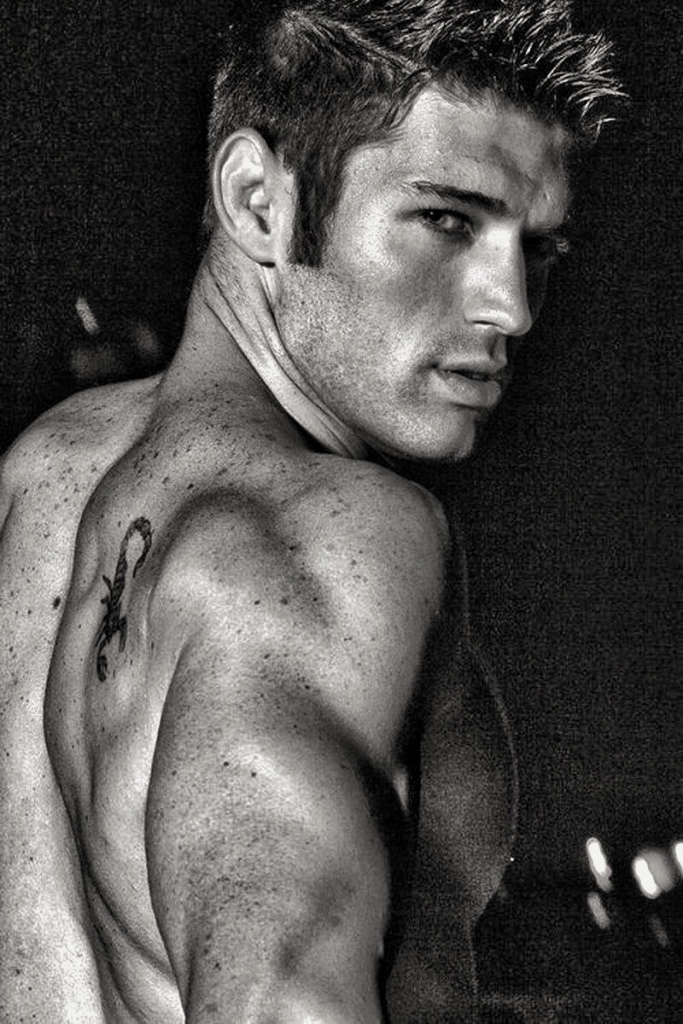
In 2010, 25% of Australians under age 30 had tattoos. Mattel released a tattooed Barbie doll in 2011, which was widely accepted, although it did attract some controversy.
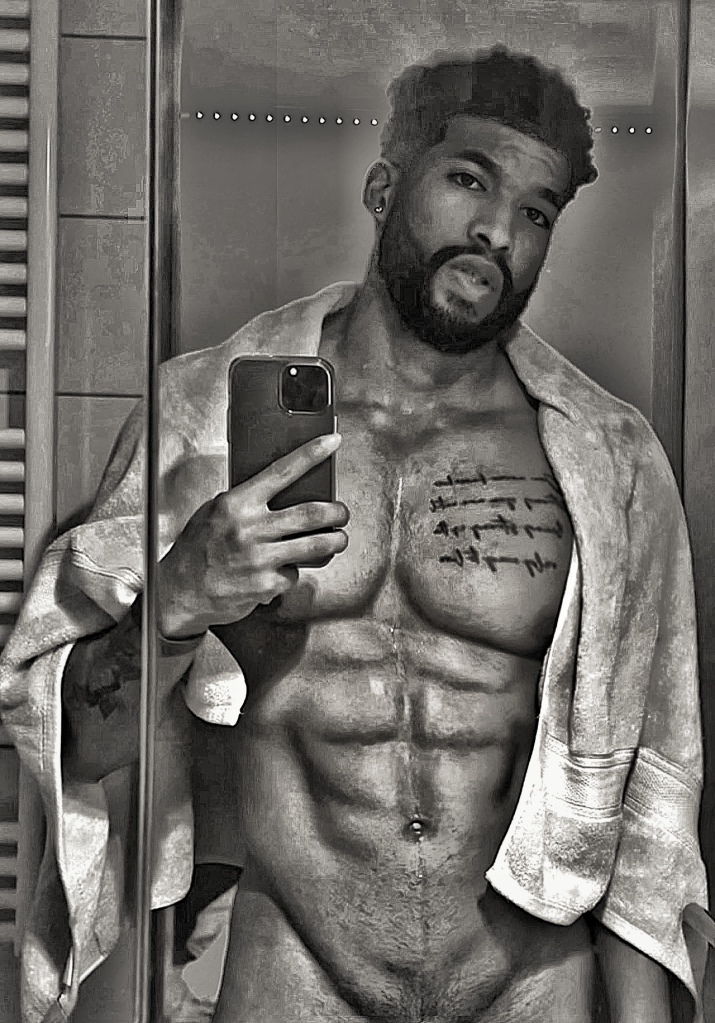
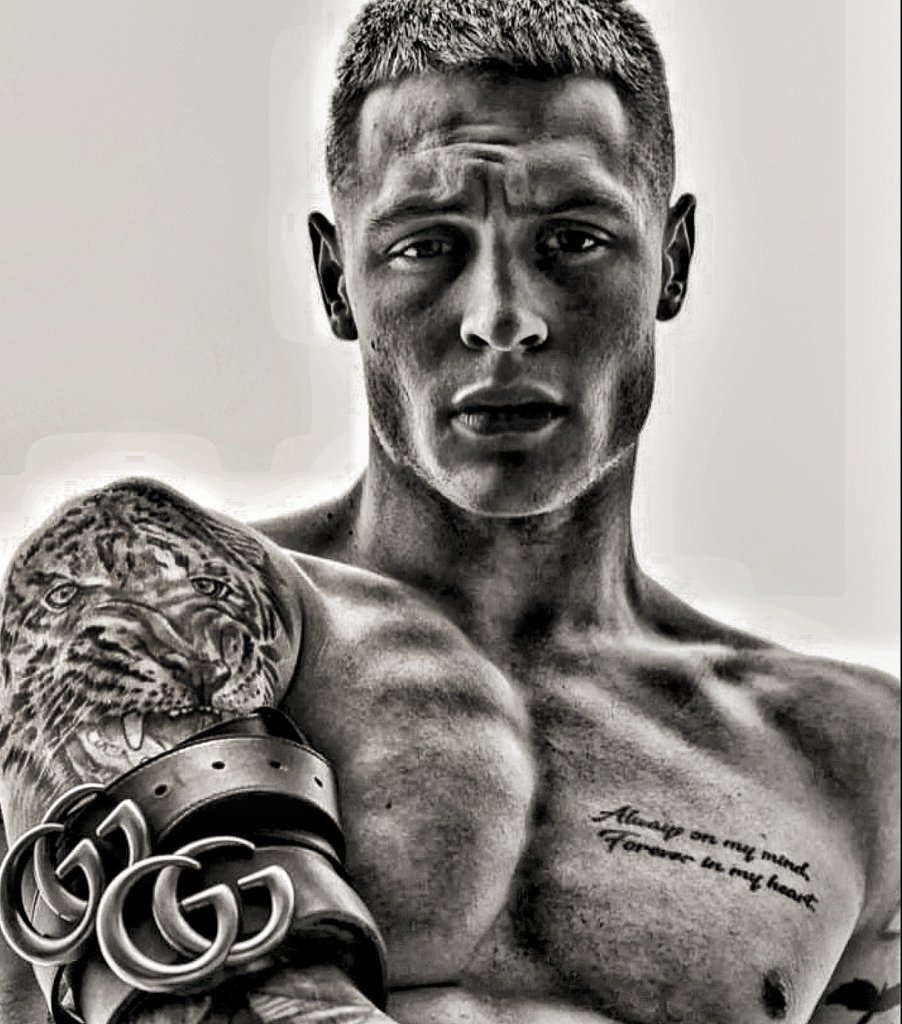
Over the past three decades Western tattooing has become a practice that has crossed social boundaries from “low” to “high” class along with reshaping the power dynamics regarding gender. It has its roots in “exotic” tribal practices of the Native Americans and Japanese, which are still seen in present times.
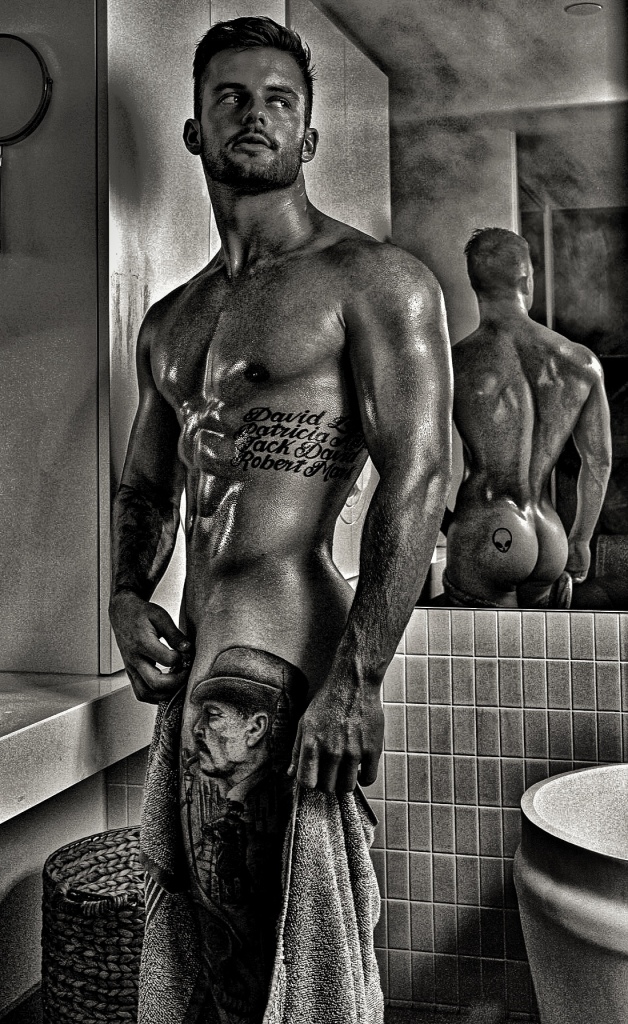

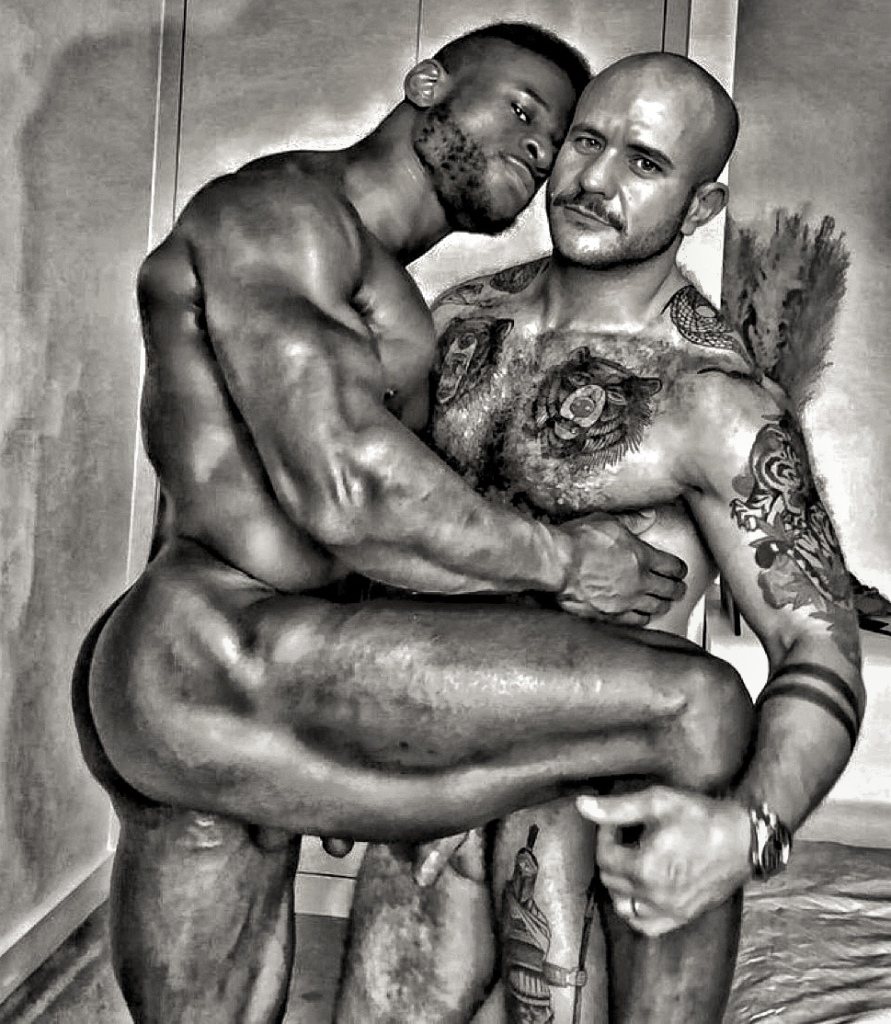
In today’s male culture, it is unusual to see men in social media, entertainment and the masculine physical culture without ink. Indeed, inking continues as art, adornment, social messaging, and personal expression, and even acceptance.
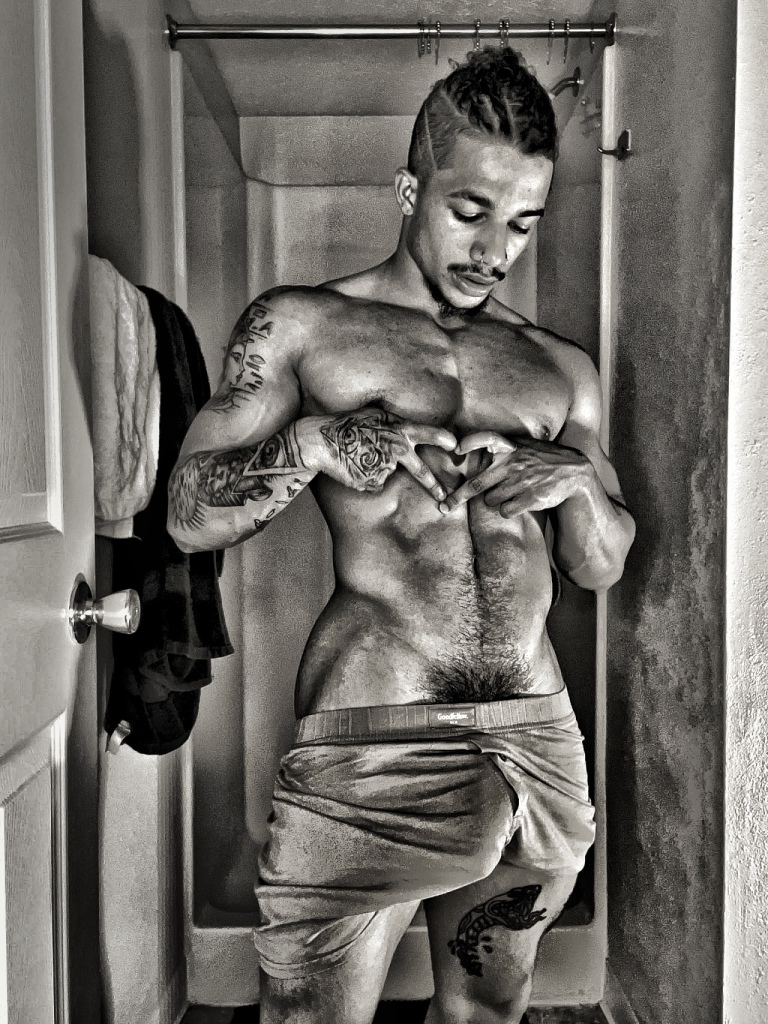
And of course, ripped from the headlines is the now famous Colombian performer and media star, Alejo Ospina, who has recently tattooed the entire lyrics of Taylor Swift’s 2012 hit, “All Too Well” from her ‘Red’ album. The words now occupy Ospina’s entire right buttock and thigh, down past the knee to his calf. It will be interesting to see his monumental appendage draped across T-Swift’s words. There will be much tea spilled over this one.
